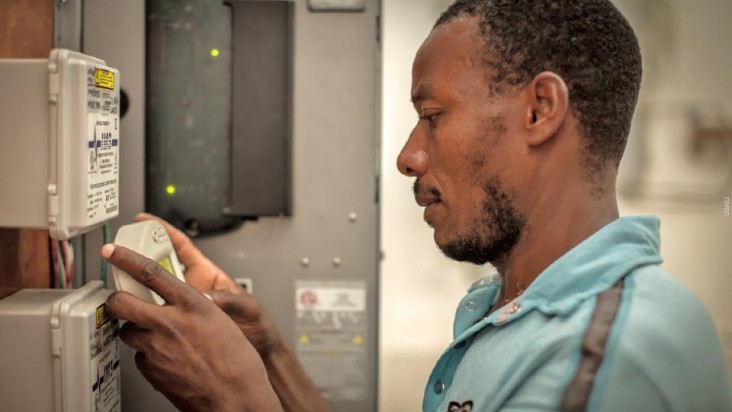Energy Audit Guide
This guide presents a step-by-step approach to conducting energy audits that are helpful in the design, procurement, and maintenance of effective energy systems in off-grid health facilities. View the guide
You are viewing:
Information released online before January, 2021.
Note: Content in this archive site is NOT UPDATED, and external links may not function. External links to other Internet sites should not be construed as an endorsement of the views contained therein.
You are entering the 2017-2020 Archive for the
United States Agency for International Development web site.
If you are looking for current information, visit www.usaid.gov.

An energy audit helps develop an inventory and pattern of operation of energy equipment within a health facility, which enables the cost-effective planning and management of energy supply systems.
An initial load and energy analysis of an off-grid health facility is a critical component to facilitate the design and operation of energy supply systems. When properly executed, a load analysis can yield valuable insights into facility energy usage that can help reduce energy costs, increase productivity, and protect critical assets.
The primary objective of any energy audit is to calculate the amount of energy that a facility will need on a daily basis for the loads on the premises. The audit should help health facility managers decide which types of energy supply—a solar photovoltaic (PV) system, diesel generator, liquid petroleum gas (LPG)–based power system, grid power extension, or even a biomass-based power generator—make the most sense at the site.
Thus, the major objectives of health facility energy audits are to:
This guide presents a step-by-step approach to conducting energy audits that are helpful in the design, procurement, and maintenance of effective energy systems in off-grid health facilities. View the guide
These worksheets help users document and organize energy usage in an off-grid health facility. View the worksheets
Comment
Make a general inquiry or suggest an improvement.